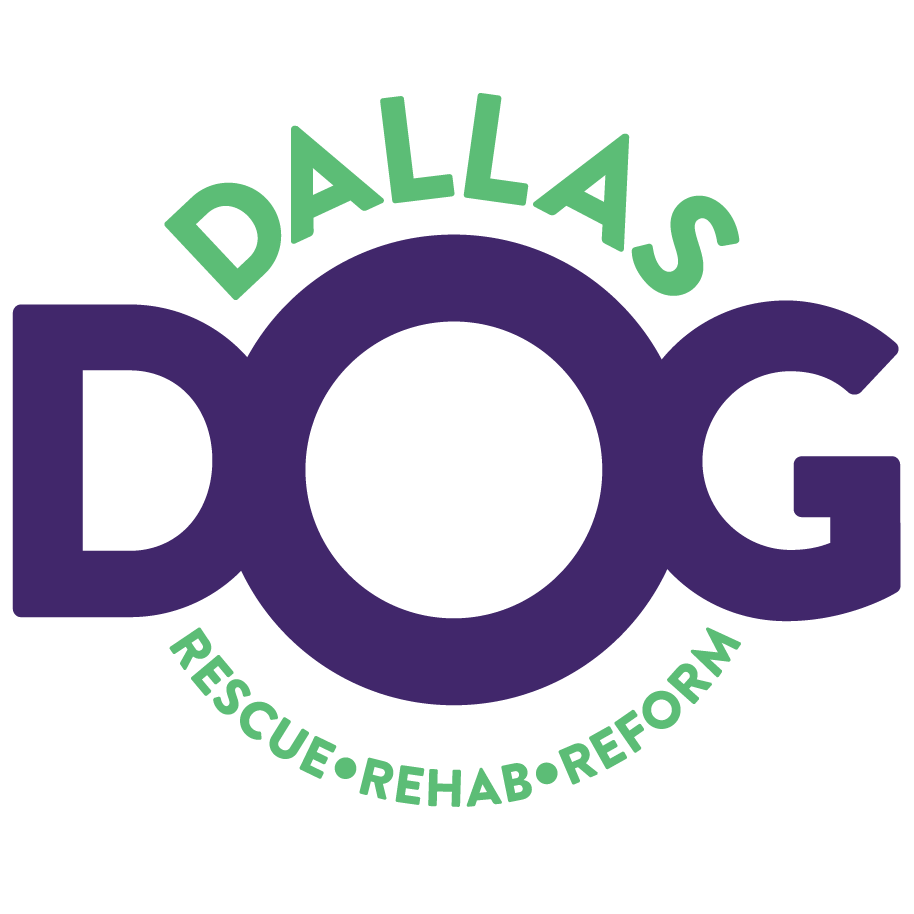Chewing is a natural behavior for puppies and dogs as they explore their surroundings. It serves various purposes, such as alleviating teething discomfort in young dogs and maintaining strong jaws and clean teeth in older dogs. Additionally, chewing can help combat boredom, mild anxiety, or frustration.
To address destructive chewing, it's important to rule out underlying issues that may contribute to this behavior. Separation anxiety can cause dogs to chew intensely when left alone, accompanied by signs like whining, barking, pacing, restlessness, and accidents. Fabric sucking, where dogs lick, suck, and chew on fabrics, may stem from early weaning and can become compulsive. Hunger can also lead dogs to chew on objects related to food or those that emit food-like scents.
Useful Tips
Here are strategies to manage or reduce your dog's destructive chewing:
Puppy Teething: Puppies go through a teething phase, and providing appropriate chew toys like frozen washcloths or specially designed dog toys can help soothe their discomfort. Gentle guidance is essential to teach them to chew on suitable objects.
Normal Chewing Behavior: Chewing is normal for dogs, and it's beneficial to provide them with a variety of appropriate chew toys. However, it's crucial to teach them what is acceptable to chew through gentle and humane methods."Dog-proof" your house: Keep valuable items out of reach until your dog's chewing behavior is restricted to appropriate objects. Store shoes, clothing, and books properly to minimize temptation.
Provide plenty of chew toys: Offer your dog a variety of toys and inedible chew bones to keep them engaged. Pay attention to the toys that capture their interest for extended periods and rotate them regularly to prevent boredom.
Edible chews: Consider offering edible items like bully sticks, pig ears, or rawhide bones. Be cautious of choking hazards and separate your dog from other dogs while they enjoy these treats.
Mental stimulation and exercise: Ensure your dog receives ample physical exercise and mental stimulation through playtime, training, and interactive toys. This helps prevent boredom-related chewing.
Use deterrents: Apply chewing deterrents to objects you want to discourage your dog from chewing. Follow instructions carefully and reapply as needed. Remember that training and teaching appropriate chewing habits are essential for long-term success.
Supervision and redirection: Supervise your dog when they're awake and redirect their attention to appropriate chew toys if they start chewing on inappropriate items. Use positive reinforcement and praise when they make the right choices.
Prevent access to inappropriate items: When you can't supervise your dog, confine them to a safe area like a crate or a small room with appropriate toys. Remove any objects they shouldn't chew on from their confinement area.
Avoid confusion: Don't offer household items as chew toys, as it may confuse your dog about what's acceptable. Dirty underwear and garbage should be properly secured to prevent access.
Address underlying issues: If chewing is driven by stress, frustration, or other behavioral problems, work on reducing triggers and seek professional help if necessary. Remember, punitive measures like physical punishment, duct taping the mouth, tying objects to your dog, or extended crate confinement are inhumane and ineffective ways to address chewing behavior. Instead, focus on positive reinforcement, appropriate chew toys, and understanding your dog's needs for mental and physical stimulation.
Destructive Chewing
Chewing is a natural behavior for puppies and dogs as they navigate their surroundings. It serves multiple purposes for dogs. In young dogs, it provides relief from teething discomfort. In older dogs, it helps maintain strong jaws and dental hygiene. Additionally, chewing acts as a remedy for boredom and can alleviate mild anxiety or frustration.


